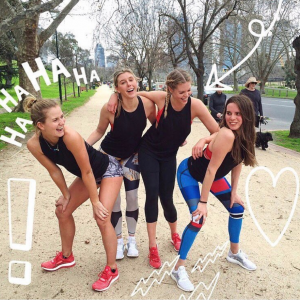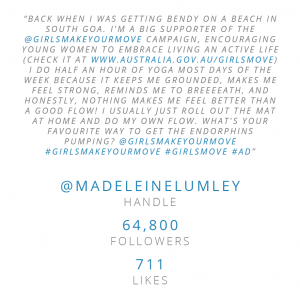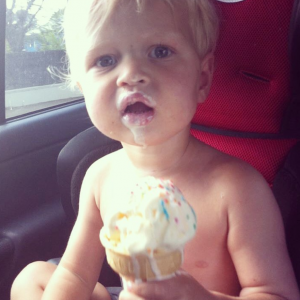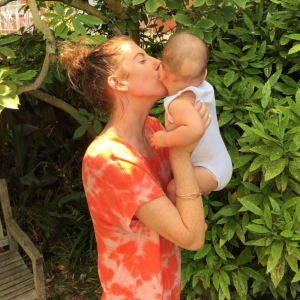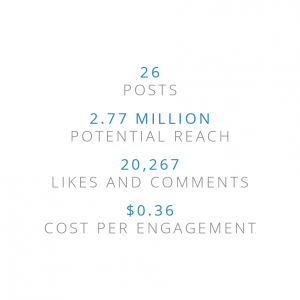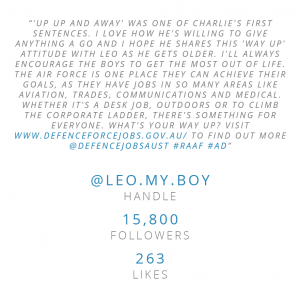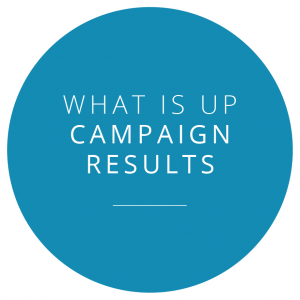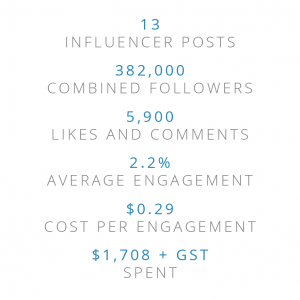By now we should all know that influencers are a successful marketing tool, we know what they are and the general idea behind them (if you need a refresh, visit our previous blog on the topic here). Let’s get practical and have a look at some specific government examples of how influencers have been employed to spread a message. When two worlds colide, government and influencers.
An interesting revelation from the influencer trend is that the bigger the star, the less sway they hold over their audience. So something a macro-influencer (those with over 25,000 followers across Facebook, Twitter and Instagram) promotes carries less weight than those endorsed by the micro-influencer (those with up to 5,000 followers across the three social channels). This is because there is a perceived higher degree of trust and authenticity from their audience. The logic goes like this; those who aren’t megastars are seen to be more like us. Therefore they understand us and our lives, so products they use, we can too.
With the power resting in the accounts of those with fewer followers, we see a ballooning of possible influencers for a brand. This is where Tribe comes in to play, the brainchild of Aussie radio host Jules Lund. In essence, Tribe is an online marketplace where a goods or service provider can present a brief to thousands of influencers, and those who are relevant and interested submit a concept. The brand then chooses who they find most appropriate and engaging, can suggest changes to the image or caption, and then the post goes live to the influencer’s receptive audience – often with a #spon tag or something to tell the followers that this is a paid post.
Now we have the basics of influencers and Tribe down, let’s look at some examples of successful campaigns created via the influencer marketplace.
Department of Health – Girls, Make Your Move
The brief:
ABOUT US:
The Department of Health wants to engage young influencers to drive awareness of the “Girls Make Your Move” campaign. We want to inspire young Australian females to get out and active! Most importantly, we want to show them that getting active can be fun and social – and encourage them to find an activity that suits them!
CONTENT WE’D LOVE FROM YOU:
Submit a short video or image of you getting out and active! Some though (sic) starters: football, soccer, tennis, cricket, rollerblading, trampolining, martial arts, golf, swimming, surfing, climbing, kayaking, running, ice skating, horse-riding, hiking, dancing! Share your story about why you enjoy this type of exercise, and what you get out of it! Need all content ASAP (sic) to be posted by end of the month. Quick turnaround!
HASHTAGS:
#girlsmove
#girlsmakeyourmove
LIVE PAGES TO LINK TO:
facebook.com/girlsmakeyourmove
Australia.gov.au/girlsmove
CONDITIONS:
Australian influencers only, females aged 25 and under (the target audience)
Must include that you are a “supporter of the @GirlsMakeYourMove campaign” and include the campaign URL within the first three lines of text
Ensure content is positive and inspiring
Use the hashtags in your Instagram/Facebook handle.
Victorian State Government – Never Leave Kids In Cars
The brief:
ABOUT US:
This campaign is the Victorian Government’s annual summer campaign aimed at educating parents/carers on never leaving kids in cars. In 2015, Ambulance Victoria was called out to 1,500 incidences of children being locked/left in cars, with 3 dying as a result. This campaign is aimed at driving awareness of never leaving kids in cars – even when the temperature outside is mild – as a car can heat up to over 40 degrees Celcius on a mild day, in ten minutes.
CONTENT WE’D LOVE FROM YOU:
We’d love your posts to show your support of the Never Leave Kids in Cars campaign, but sharing a message/call to action including the hashtag – #neverleavekidsincars. Our objective is to drive awareness of this cause through social sharing of a ‘pledge’ – whereby we want your posts to encourage others to show their understanding of the dangers of leaving kids in cars and by sharing the #neverleavekidsincars is a sign of their intention to do the best by their children whenever possible.
PRE-LOADED TAGS:
#neverleavekidsincars
CONDITIONS:
While using the hashtag, share a message that resonates with the importance of this cause for you and your children.
Publish all approved posts from Tuesday 12th of January.
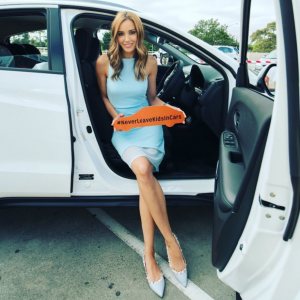

Defence Jobs Australia – Royal Australian Air Force, ‘What is up?’
ABOUT US:
If you have the ambition, you have what it takes to join the Air Force. The sky is literally the limit. If you have the determination to succeed in whatever you have the passion to pursue, choosing one of over 60 roles in the Air Force could be your ‘way up’. ‘Up’ is an attitude and just how high you’ll go is up to you. Whether it be a job related to aviation, trades, communications and intelligence, health and medical, combat and security, or engineering there’s more to achieve in the Air Force.
CONTENT WE’D LOVE FROM YOU:
We’d love for you to show us ‘what is up’ from your perspective. What excites you about your future? How will you chase your dreams? What inspires you to throw your hands up and embrace striving for your goals? The Air Force is the perfect way to realise your ambitions – whether you’re out on a nature walk, sitting at the desk or looking up to the sky, we want you to share that the Air Force allows you to fly, do something meaningful, achieve work-life balance or climb the corporate ladder.
HASHTAGS:
#RAAF
#ad
LIVE PAGES TO LINK TO:
facebook.com/DefenceJobsAustralia
CONDITIONS:
Visit our website and be inspired by our ‘what is up’ video
Tag @defencejobsaust and #RAAF
Be respectful to the Air Force
Post between 8 and – 8 pm
In your post, talk about your ‘way up’ and encourage your audience to find theirs in the Air Force
Add #ad in your copy
Be creative, inspire us and your audience
As the above examples demonstrate, influencer marketing clearly has a role to play in successfully spreading a government message.
The way the idea works also provides a degree of safety for brands and the ability to keep influencers at an arm’s length (which is more difficult with ‘brand ambassador’ types whose personal faux pas can reflect on the organisation with which they are affiliated).
After seeing how the influencer marketplace works in theory and practice now, what do you think? Would your workplace seek influencer endorsement?

